Mother Knows Best: Designers Smart to Play by Nature’s Rules
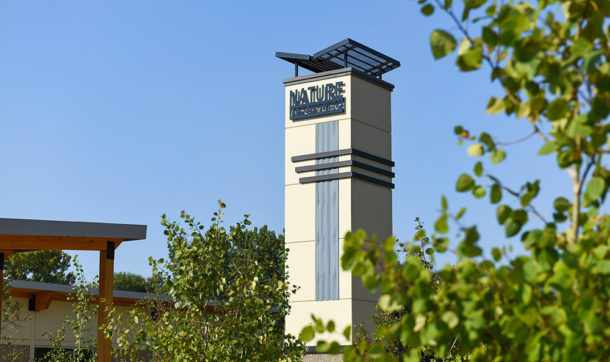
When designing spaces for a park, road, campus, etc., it’s not unrealistic to expect our work to be replaced in a few decades. A place must be REALLY special to last more than 50 years or so. Yet nature always plans for centuries, creating places with long‐lasting capabilities. So what can design professionals learn from nature that will help them create places that last?
Nature, left to her own devices, has very little trouble building durable places. Nature can play the long game better than we can because nature wrote the rules. As designers of spaces built in nature, it’s in our best interest to understand those rules.
Before considering some of nature’s rules, we need to first understand this underlying fact: Nature always wins. When we don’t pay attention to nature’s rules, we pay for it. Ignoring or attempting to overcome nature costs us a lot of money and energy and in the worst cases can lead to disasters and death.
Rule 1: Preservation of Essence (The Spirit or Soul of a Place)
Nature values places and systems that can change over time without losing their essence. For example, a cool old house that someone invests in and keeps as a house typically retains more value to us as a culture than if someone spends the same amount and turns it into a swanky restaurant. As a culture, we are more likely to justify razing the house that has been converted to a swanky restaurant to make way for a new building than we would if it were still a great house.
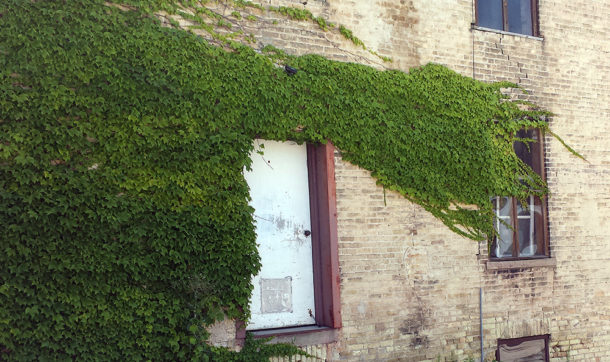
How could this rule apply to us? Designers often “borrow” ideas, forms, or even materials from other regions. However, when we design structures and places using resources available locally, these places fit their region and result in a localized aesthetic. For example, if your region is rich with timber resources, you would design and build with wood. If your region is a desert, you would design with sand and stone. The Cream City brick used in many historic buildings in Milwaukee, Wisconsin, is from the Menomonee River and western shores of Lake Michigan. The buildings have a look that defines the region and are more valued today because of this. Building material resources are global, but designing highways, buildings, parks, and homes that are of the place is often the best practice.
Rule 2: Expect a High ROI (Return on Investment)
The more nature has invested in an object or system, the more value it expects to hold in terms of longevity. It took a long time to form a mountain, and nature expects it to last a very long time.
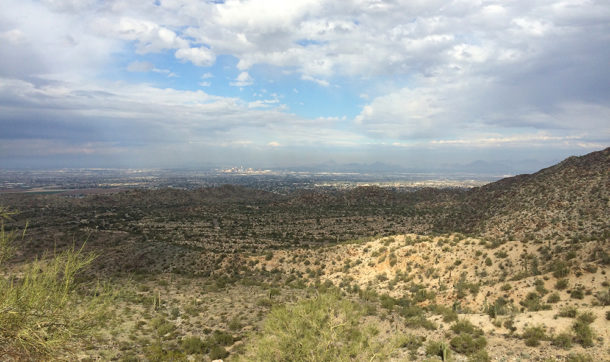
How could this rule apply to us? Invest more in the things that will last. As a culture we often plant grass in landscape areas because its upfront cost is low, and it’s easy to maintain, but over the long term, the cost of lawn care and maintenance adds up. If those same landscape areas were planted as prairie, wetland, savannah, etc., they would last longer, require less upkeep, and provide the highest ROI.
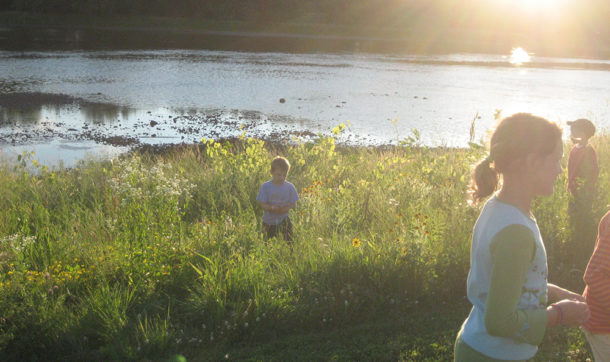
Rule 3: Keep It Elegantly Simple
To balance rules one and two, nature avoids overdesigning objects or systems. Nature builds complex systems, but these systems have all the components needed to function without unnecessary accessories.
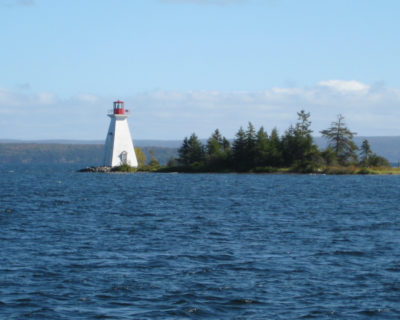 How could this rule apply to us? Riparian systems (creeks, streams, rivers) are a balance of water, soil, air, vegetation, micro and macro organisms, minerals, and energy. When a riparian system has too much energy, destructive erosion can result; too much soil, and you get siltation. Adding a boathouse, lighthouse, or dock might not impact the operational function of the system, but it doesn’t improve the system either. Although certainly picturesque and historically necessary for safety, this lighthouse in Nova Scotia doesn’t enhance the ecological stability or habitat of the island.
How could this rule apply to us? Riparian systems (creeks, streams, rivers) are a balance of water, soil, air, vegetation, micro and macro organisms, minerals, and energy. When a riparian system has too much energy, destructive erosion can result; too much soil, and you get siltation. Adding a boathouse, lighthouse, or dock might not impact the operational function of the system, but it doesn’t improve the system either. Although certainly picturesque and historically necessary for safety, this lighthouse in Nova Scotia doesn’t enhance the ecological stability or habitat of the island.
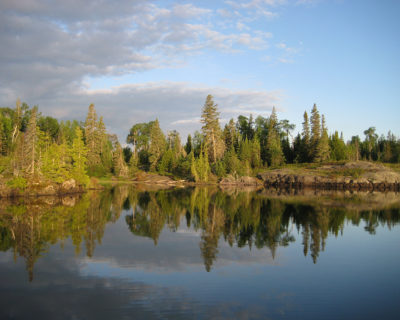 Isle Royale National Park in Michigan doesn’t require anything to make it more beautiful. However, some designers might propose adding a “little color” (day lilies, ornamental grass) to improve the view. While these improvements might enhance the human perception of the scene’s aesthetic value, they would do little to improve the scene’s habitat value.
Isle Royale National Park in Michigan doesn’t require anything to make it more beautiful. However, some designers might propose adding a “little color” (day lilies, ornamental grass) to improve the view. While these improvements might enhance the human perception of the scene’s aesthetic value, they would do little to improve the scene’s habitat value.
The point is simple: Look closely at what nature has already built; it’s a model for what, and how, we should build. Good planning and design begin with understanding the rules of nature and the opportunity to borrow from nature in ways that benefit us and others.
For additional information contact one of the experts in our landscape architecture group.

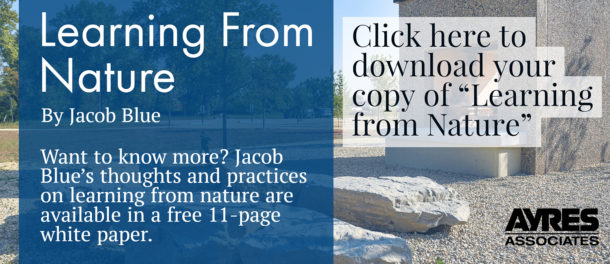
Post a comment: